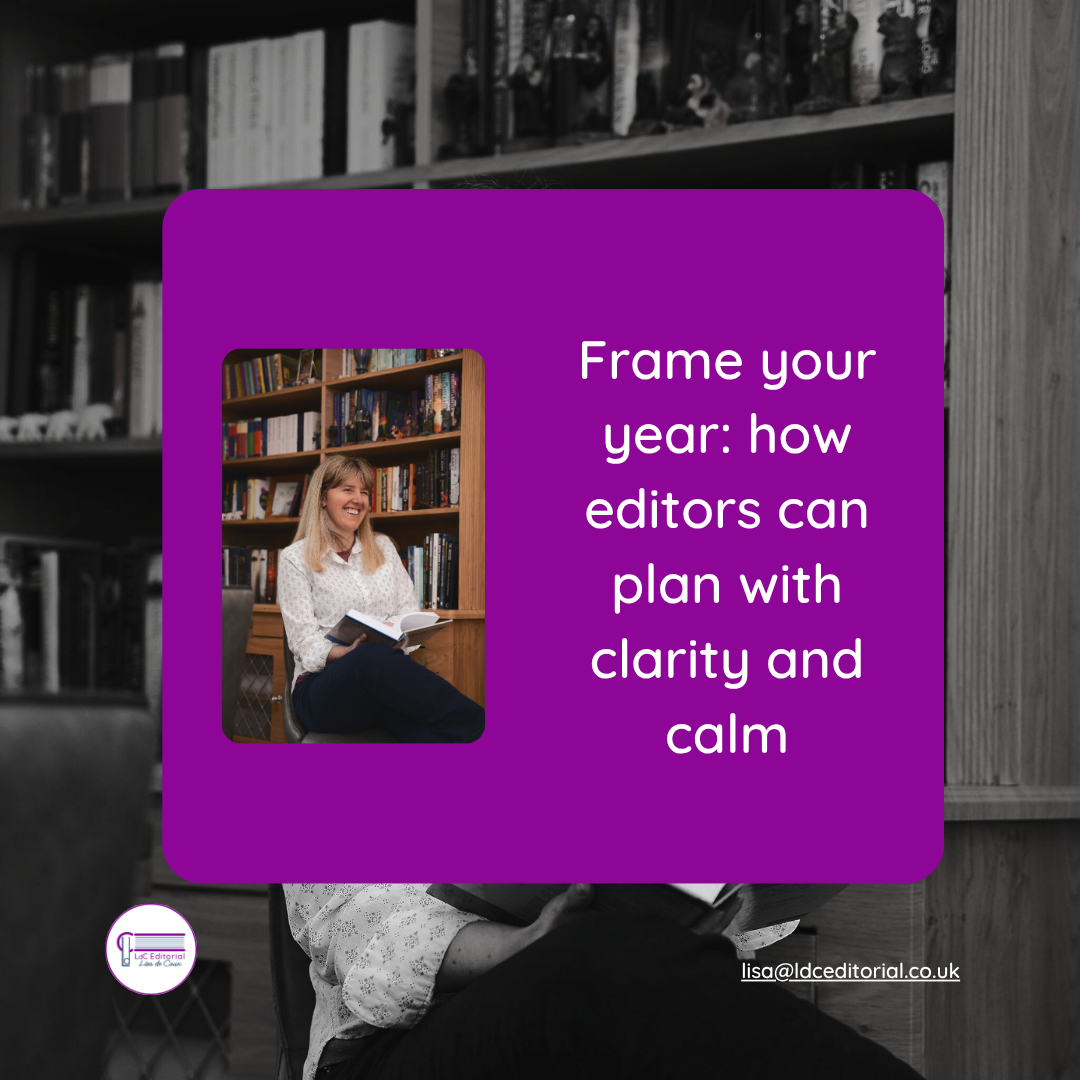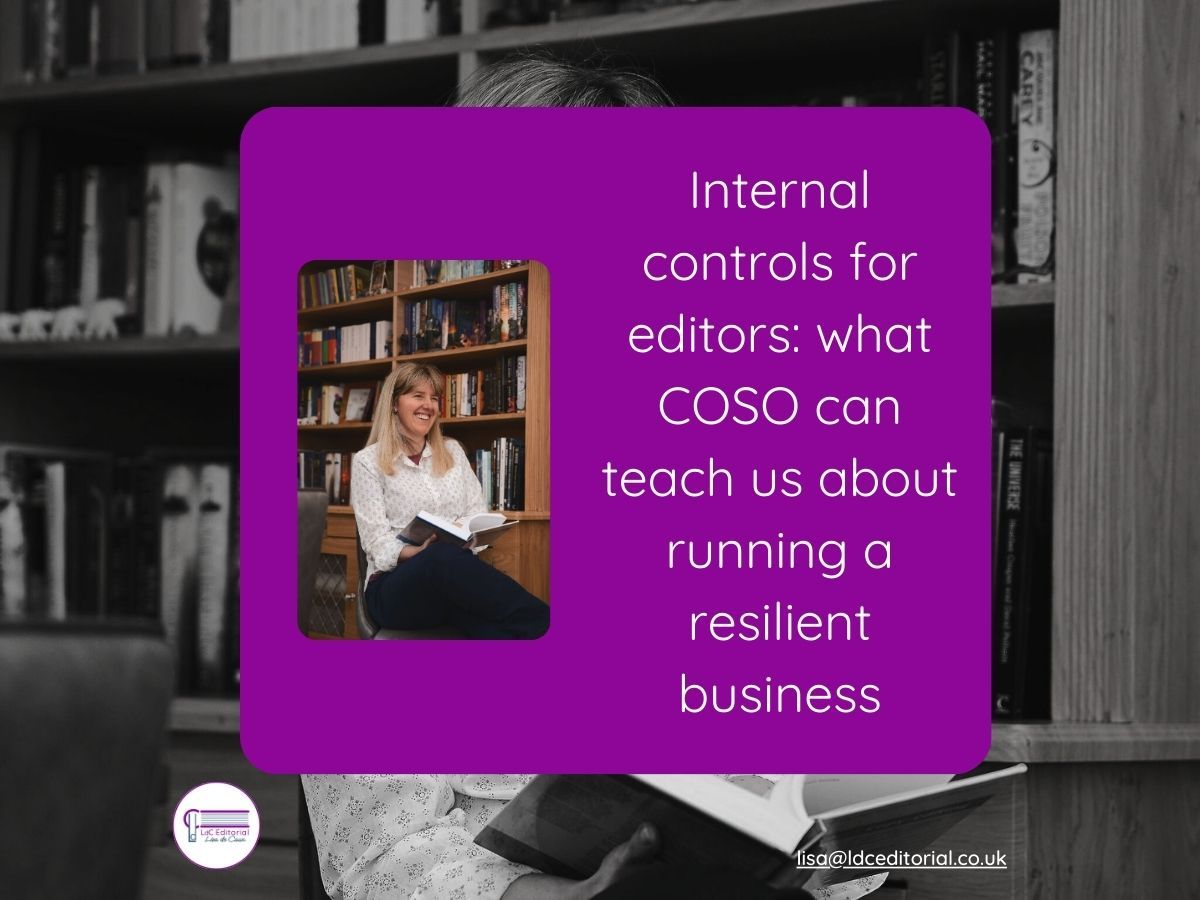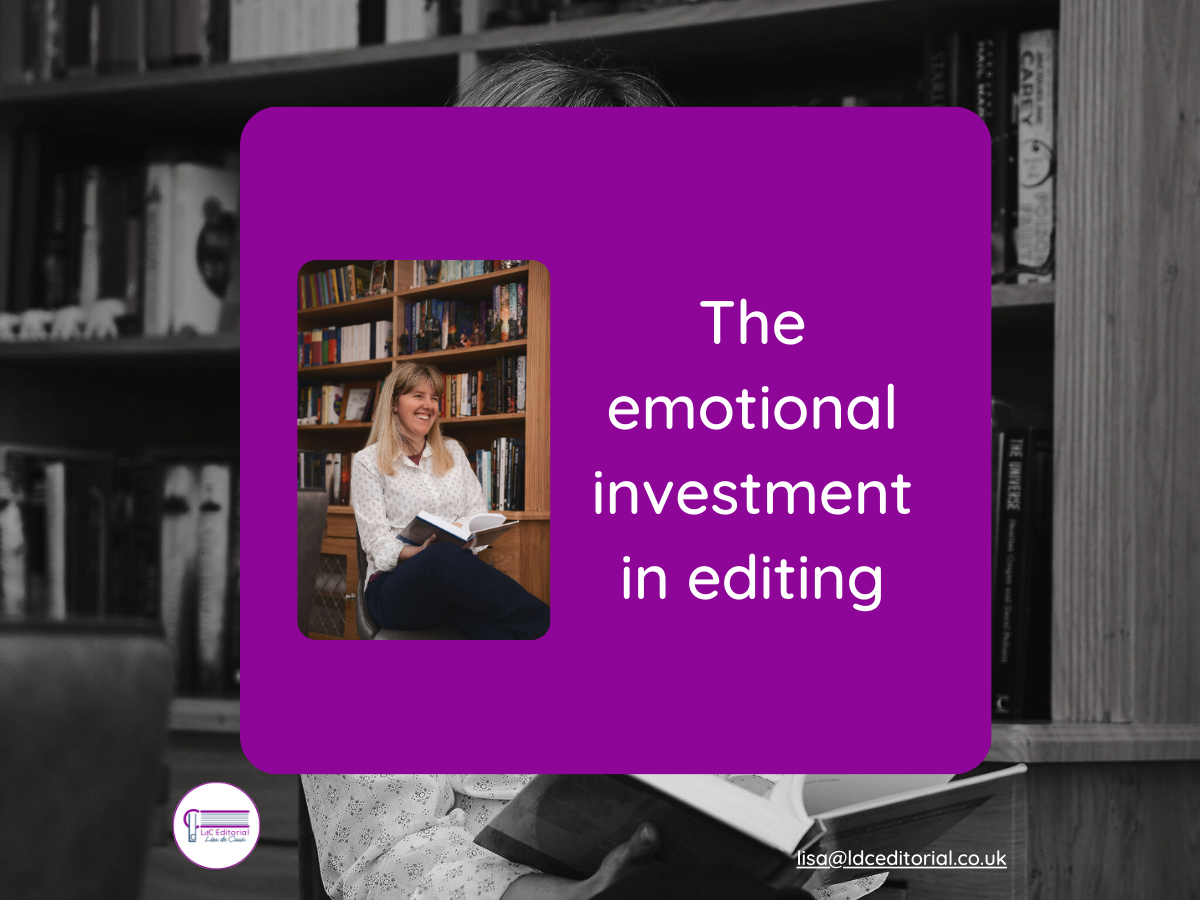How to create an operations manual for your freelance editorial business: apply big-business structure to work smarter and stay consistent
Apply big-business structure to work smarter and stay consistent

An operations manual is a behind-the-scenes guide to how your editorial business works. It captures your key processes, tools, and templates in one place. It’s where you record everything from client onboarding steps and email templates to style guide preferences and invoicing routines. Think of it as a living document that gives you confidence, helps you work consistently, and keeps things running smoothly.
Why is it useful for big businesses?
In large organisations, an operations manual is essential for maintaining consistency, efficiency, and compliance across departments, locations, and teams. It serves as an official, centralised reference point for documented procedures, policies, and workflows. It’s a way of making sure that work is done the right way, every time, no matter who’s doing it.
It supports:
• Standardisation: Ensures processes (like payroll, client onboarding, or document control) are carried out uniformly.
• Quality assurance: Helps maintain high standards and reduce errors.
• Training and continuity: Aids onboarding of new staff and ensures continuity during absences or staffing changes.
• Accountability and audit readiness: Makes responsibilities clear, and provides evidence of controls and procedures in place.
• Risk management: Identifies key processes and embeds mitigation strategies (for instance, disaster recovery plans, approval hierarchies, data handling procedures).
At its core, it’s about clarity, control, and confidence – being able to show not just what is done, but how and why. It’s also a cornerstone of good governance.
Why solo businesses need an operations manual
In a one-person business, an operations manual is less about delegating tasks and more about creating structure, saving time, and protecting your sanity. It’s your go-to guide for how you run your business – capturing the decisions, processes, and templates that let you work consistently and confidently without having to reinvent the wheel each time.
It helps you:
• Stay organised: Everything from email templates to style preferences is in one place – no more hunting through old files or inboxes.
• Work efficiently: You spend less time figuring out how you did something last time and more time doing the work you love.
• Support Future You: It’s a gift to your forgetful self (and to my perimenopausal self!) – and possibly to a virtual assistant or collaborator if you ever bring one on board.
• Build a sustainable business: By treating your editorial practice like a larger business, you’re setting it up to thrive in the long term.
• Feel in control: When life throws curveballs (illness, urgent deadlines, holidays), your systems are already in place.
Why shouldn’t solo business owners have peace of mind and good governance too?! Here’s how I’ve made it work for me.
“It was unthinkable that I wouldn’t have an operations manual for my own business.”
How I use my operations manual
I set my operations manual up as I started my business. As a chartered accountant, I’d spent a lot of time auditing over the years. It was unthinkable that I wouldn’t have an operations manual for my own business.
I’ve changed it quite a bit over the years – keeping the document ‘live’ is critical to how it works. The benefit comes from documenting the processes as they change. And that’s also a way to double-check your internal controls. (Internal controls will be another blog!).
How I use the operations manual day-to-day
• To keep myself on track and accountable
It’s easy to drift when you’re working solo. Having my processes written down helps me stay consistent – and gives me a gentle nudge when I’m tempted to skip a step.
• To capture repeatable tasks
For anything I do regularly – from client onboarding to delivering a project – I have templates and checklists ready to go. It saves time and reduces the mental load.
• To record processes that I don't use every day
Some tasks only come around once a year – I’m thinking about my tax return! Rather than trying to remember how I did it last time, I just follow my own instructions.
To support business continuity – for Future Me or anyone else who might need to step in
My operations manual acts as a safety net. If I were ever unwell, away, or needed to delegate something, it’s all there – the key processes and preferences. It also helps Future Me when I’ve forgotten how I tackled something last year.
Even little things matter – like the steps for setting my out-of-office message when I’m away!
How I structure my operations manual
I start with the objectives of the manual: what it’s for and what’s in scope.
My mission statement sits here too, and it’s the same today as when I first started the business:
I partner with my clients to ensure that they
achieve the best possible standards of text.
I think of my business as a collection of departments, each with its own job to do.

My operations manual gives an overview of this structure – with links to key templates, checklists and resources that help everything run smoothly. Here’s how I organise it:
CIEP
The Chartered Institute of Editing and Proofreading has been such an important part of my business that it deserves its own folder.
Clients
Each client – whether confirmed, potential or volunteering – has a dedicated folder. I also map out the client journey here.
Finance
This covers accounts, invoicing, expenses and tax.
Governance
This includes my operations manual, terms and conditions, and my annual business plan.
Marketing
A content library to track my marketing activities and ideas – as well as my own style guide.
Operations
How I deliver my services to clients – including the templates that are used throughout the client journey.
Technical
Everything related to hardware and software.
Training
Each training course I complete has its own folder, making it easy to find notes and certificates.
Trial
A safe space to try things out – experiments and tests.
However you decide to structure your operations manual, the key is to make it work for you – and to keep it alive as your business grows and evolves.

Final thoughts
My operations manual isn’t static – it grows with my business. It reflects how I work now, not just how I worked when I started. It gives me structure, saves me time, and brings me peace of mind.
If you’re running a freelance business and you haven’t created one yet, I'd heartily recommend it. You don’t need to build it all in one go. Start with what you do often, and add to it as you go. Even the smallest checklist or template is a step towards a more consistent and ultimately more enjoyable way of working.
And Future You will be very grateful.
Over dinner, I mentioned to a few of my former internal audit colleagues, ‘I have an operations manual.’ The response was immediate and unanimous: ‘Of course you do!’
Do you have an operations manual for your business – or are you thinking about creating one?
If you’d like support setting up your processes – or just want a second pair of eyes on what you already have – I offer consulting for freelancers and small businesses. If that sounds helpful, please do get in touch – I’d love to chat about how I could support you.









